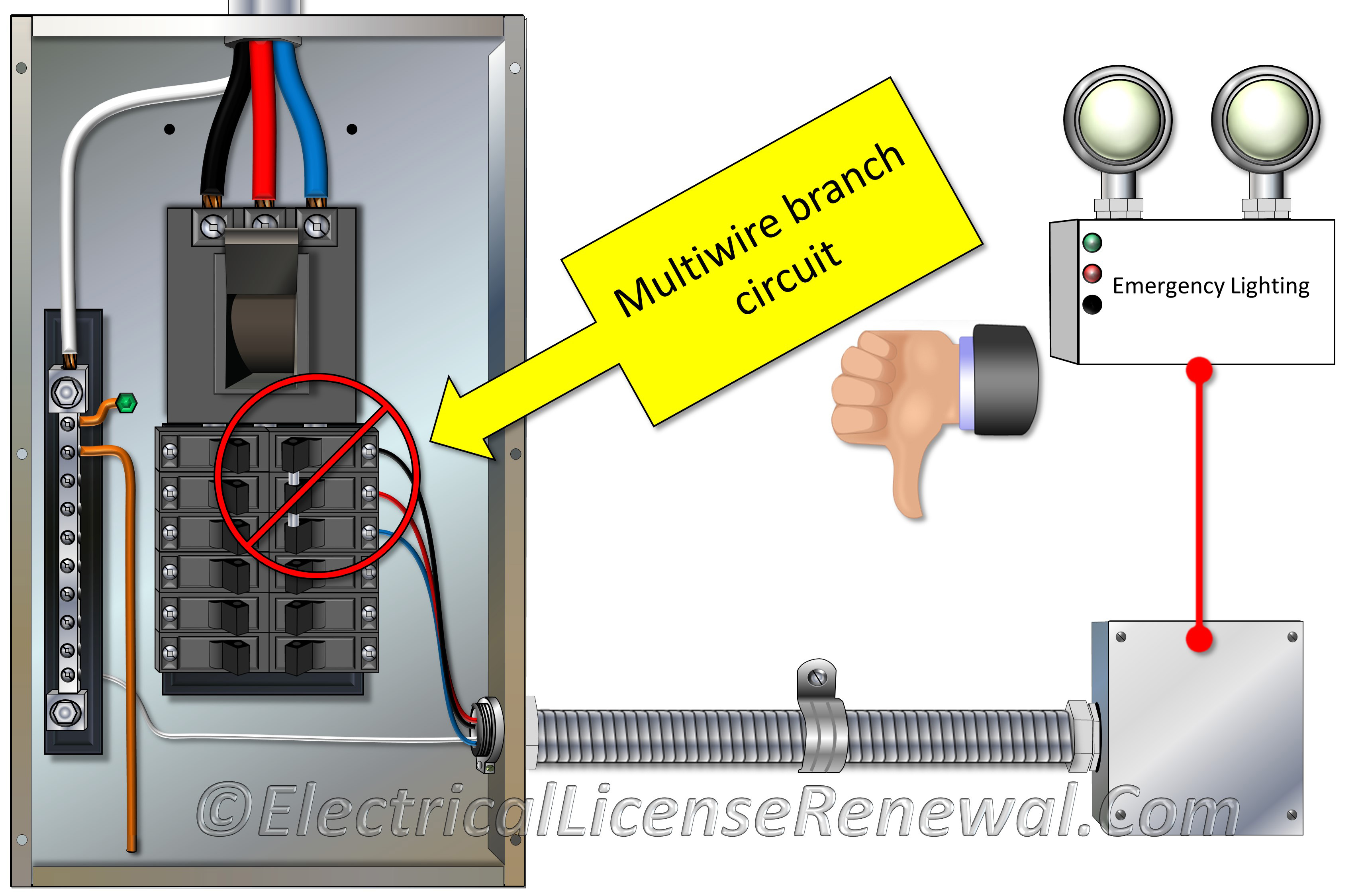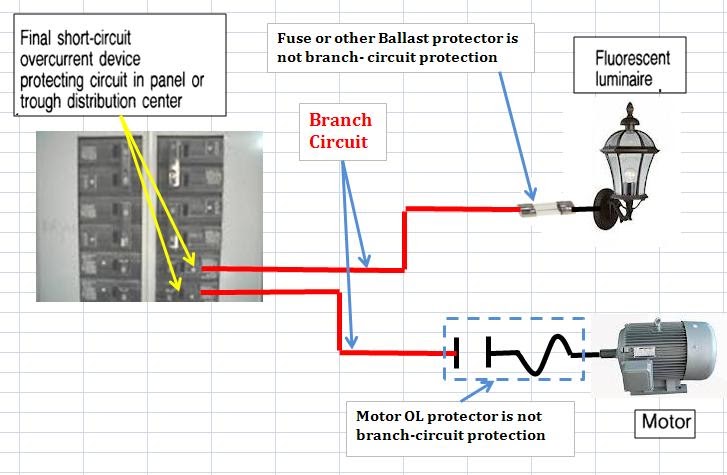Branch Circuit Selection Current
Are you in the process of selecting a branch circuit for your electrical system? This decision can be crucial for the safety and efficiency of your setup. Understanding branch circuit selection current and related concepts is essential in making informed decisions. In this article, we will explore what you need to know about branch circuit selection current and how it affects your electrical systems.
The Pain Points of Branch Circuit Selection Current
When selecting a branch circuit, several factors come into play, including the available power supply, the expected current load, and the length of the circuit. Choosing a circuit that cannot handle the electrical load can lead to tripped breakers, overheating, and other safety hazards. On the other hand, selecting a circuit that is oversized can result in loss of efficiency and extra costs. It's essential to find a balance between safety, efficiency, and cost-effectiveness.
The Target of Branch Circuit Selection Current
Branch circuit selection current is the process of choosing the right circuit size to protect the wires and other components of your electrical system. This protection is provided by limiting the amount of current that can pass through the circuit to a safe level. The target of branch circuit selection current is to determine the maximum current that the circuit can handle without safety hazards and ensure that it meets the electrical code requirements.
Summary of the Main Points
Branch circuit selection current is the process of selecting the appropriate circuit size for your electrical system. Choosing the wrong circuit can result in safety hazards or inefficiencies. The target is to determine the maximum current the circuit can handle while meeting electrical code requirements. It's essential to find a balance between safety, efficiency, and cost-effectiveness.
Personal Experience with Branch Circuit Selection Current
During my time working with electrical systems, I've come across various scenarios where circuits were oversized or undersized. One instance was a company that had installed circuits that were too small, leading to frequent tripped breakers and safety hazards. In another case, a client had oversized the circuits, leading to excessive costs. Through these experiences, I learned that selecting the right circuit requires a comprehensive understanding of the electrical system's demands.

Factors to Consider for Branch Circuit Selection Current
The size, type of load, length of the circuit, and the available power supply are essential factors that influence branch circuit selection current. When selecting a circuit, it's crucial to calculate the expected current load and compare it to the maximum current capacity of the circuit. Choosing circuits with too little capacity can lead to overheating and safety hazards, while selecting circuits with too much capacity can lead to inefficiencies and increased costs.
Calculating Current Load
To calculate the expected current load, you need to determine the amount of power the system uses and divide it by the voltage. The voltage is typically between 110V to 240V for residential and commercial buildings. For example, a system with a power rating of 1000 watts and a voltage of 120V would have a current load of 1000/120 = 8.3 Amps. This value can then be compared to the maximum current capacity of the circuit to ensure safe and efficient operation.

Importance of Meeting Electrical Code Requirements
Electrical codes are a set of safety guidelines and regulations that dictate how electrical systems should be installed and operated. Meeting these requirements ensures that your electrical system is safe, reliable, and efficient. Failure to adhere to these codes can lead to safety hazards, legal issues, and loss of insurance coverage. When selecting a branch circuit, it's crucial to ensure that it meets the electrical code requirements for your location.
Personal Tips for Branch Circuit Selection Current
When selecting branch circuits, here are a few tips to keep in mind:
- Make sure to have a comprehensive understanding of the electrical system's demands
- Always ensure that the circuit meets electrical code requirements
- Choose circuits with a reasonable margin of safety to allow for future changes
- Consider the cost-effectiveness of the circuit selection in the long run.
Question and Answer Section
Q: What is a branch circuit?
A: A branch circuit is a part of the electrical distribution system that carries electrical current from the main power source to an outlet or device.
Q: What do you need to consider when selecting a branch circuit?
A: Important factors to consider are the available power supply, expected current load, length of the circuit, and meeting electrical code requirements.
Q: What is the target of branch circuit selection current?
A: The target is to select a circuit that can handle the maximum current without safety hazards and meets electrical code requirements.
Q: Is it necessary to have a margin of safety when selecting a circuit?
A: Yes, it's advisable to choose circuits with a margin of safety to allow for future changes in the electrical system's demands.
Conclusion of Branch Circuit Selection Current
Branch circuit selection current is a crucial aspect of electrical system installation and operation. Selecting the wrong circuit size can lead to safety hazards, inefficiencies, or increased costs. Understanding factors such as current load, available power supply, electrical code requirements, and margin of safety is essential in making informed decisions. By following the guidelines mentioned in this article and seeking professional guidance when necessary, you can ensure safe, reliable, and efficient operation of your electrical systems.
Gallery
Branch Circuit · Energy KnowledgeBase
Photo Credit by: bing.com /
New Branch Circuit - YouTube

Photo Credit by: bing.com / branch circuit wiring house receptacles afci safety
700.19 Multiwire Branch Circuits.

Photo Credit by: bing.com / circuits multiwire nec
NEC Article 100 - Branch Circuit Definition ~ Electrical Knowhow

Photo Credit by: bing.com / nec inspecting photovoltaic
Branch Current Method
Photo Credit by: bing.com / current branch method example
0 Response to "Branch Circuit Selection Current"
Post a Comment